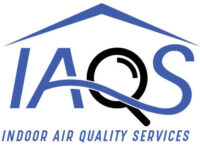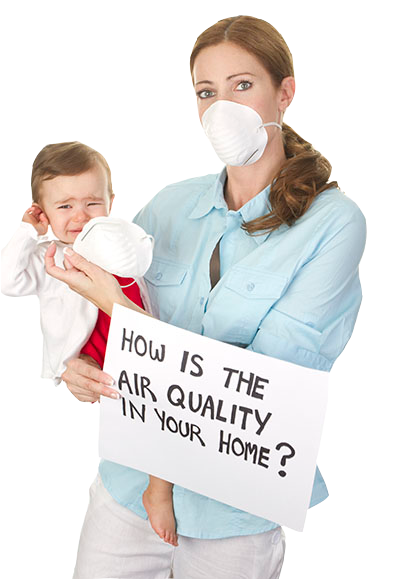Know the Warning Signs
There are more than 100,000 strands of mold. We are exposed to a little mold in every home and office. Here are 6 signs and symptoms of toxic mold exposure.
Signs of Mold Exposure
Color Change of The Walls, Floors, and Ceilings Color changes in any exposed areas of walls, floors, ceilings, or artwork may indicate a mold issue in a home. Discoloration and Cracks in The Walls, Floors, and Ceilings If you see cracks in the walls, signs of cracking will be visible near the floor. If you see visible cracks, mold may be present. There are many other signs and symptoms of mold exposure, but color changes of the walls, floors, ceilings, etc., in the typical home or office. Risks of Toxic Mold Exposure The American Lung Association has identified what it refers to as “The Top 10 Reasons You Should Call in a Mold Specialist to Inspect Your Home or Office.” What Causes Toxic Mold?
What Causes Toxic Mold?
Toxic mold like Stachybotrys chartarum (a greenish-black mold) occurs when there is moisture from water damage, water leaks, condensation, water infiltration, or flooding. Constant moisture is required for this type of mold to grow. If there have been plumbing leaks or water intrusions and there is a suspicion that elevated mold may exist in the air and/or behind walls toxic mold may be present. Living in a humid climate like Florida also creates the perfect environment for mold to grow.
Symptoms of Mold Exposure
If you have a mold problem in your home or office, there are several signs and symptoms that you need to pay attention to.
- Are you coughing, short of breath, or having a hard time thinking and focusing?
- Do you find it difficult to breathe in your home?
- Are your fingernails or toenails turning brown or flaking off?
- Do you find yourself having a recurrent infection in your throat or ears?
- Do you feel fatigued, dizzy, or nauseous?
- Do you feel bloated, or have a gut full of gas?
The best and most effective way to rid your home of mold is to perform a thorough inspection of every part of your home. Some experts estimate that your home may contain a single strand of mold in every 10 square feet of the home, however, if you have a mold problem in your home, it will show
Recognizing the Warning Signs
1. You have chronic headaches and muscle aches. Mold releases toxins in the air to survive and thrive. When you inhale the toxins, you may get a headache or muscle ache. They may be related to nausea or vomiting. 2. You smell ammonia. A characteristic smell of mold and spoilage. 3. You experience asthma symptoms. Mold causes lung and asthma problems in susceptible people. 4. You have allergies. Mold is a trigger for many of the same allergies as dust mites, mold spores, and allergens. Common ones are hay fever, asthma, and sinusitis. You may also suffer from food allergies. 5. You have or had a serious medical condition. Mold and toxins from mold can worsen asthma, respiratory infections, and weakened immune systems.
What to Do If You Suspect Mold
The best and most effective way to rid your home of mold is to have a professional perform a thorough inspection of every part of your home. Some experts estimate that your home may contain a single strand of mold in every 10 square feet of the home, however, if you have a mold problem in your home, it will show in your home:
Check for and clean:
They can get moldy if you live in a building with high amounts of mold. To check for mold: check for unusual growths, scuff marks, and be wary of discolored or bubbly areas on drywall. A bad sign is when you can see visible mold growing. If you spot it, seal the area off immediately and call a professional.
What you should NOT do:
Do not mix bleach and ammonia. Mixing those two together can make a toxic gas. Be especially cautious when cleaning moldy drywall because it can release toxic fumes. When you smell a toxic smell, leave the area and call a professional.
What you should do:
Use proper cleaning tools and tactics when cleaning the mold. The results are better when you clean up in small batches. Keep a large bucket of water handy for rinsing.
Conclusion
Mold exposure is a huge problem in our country and it takes time to get rid of the infestation. You need to have clean air in your home. Ventilate the space. You can try to clean the area once a week, but it’s best to do a complete cleaning twice a year. This way, your family is protected from health hazards. Also, use proper hygiene. If you suspect that you have a mold allergy, consult your doctor or allergist.


